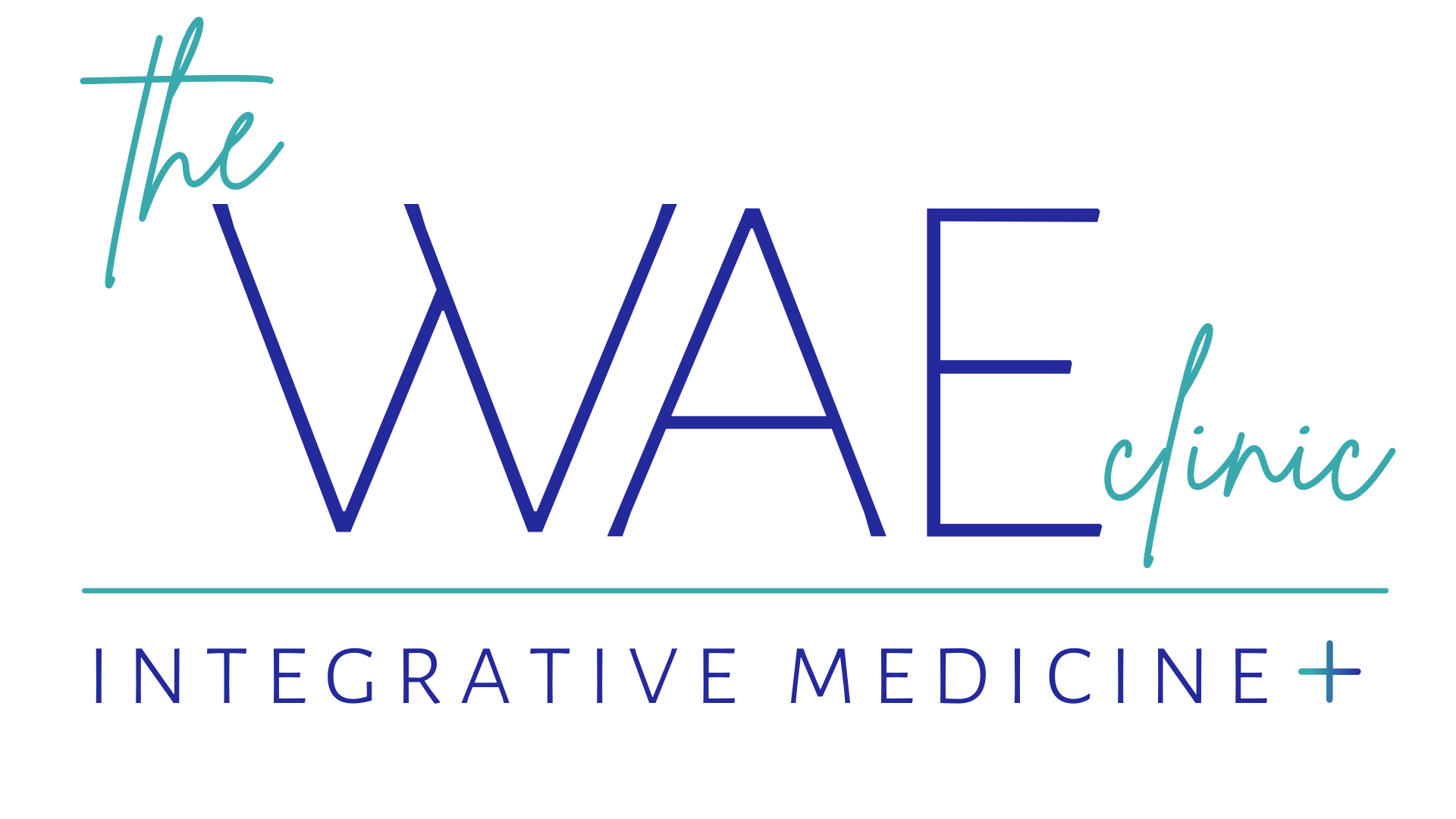Iron is required for oxygen transport, the synthesis of ATP (adenosine triphosphate), mitochondrial activity, DNA replication, and other metabolic processes. Our innate immune response requires carefully coordinated regulation over iron metabolism to restrict its supply during periods of infection since both hosts and pathogens demand iron. Since the functions of essential iron-requiring enzymes that battle infection are disrupted in individuals with nutritional iron deficiency, the host's immune system can be seriously compromised (e.g., myeloperoxidase, inducible nitric oxide synthase). Iron is often used as a cofactor for ribonucleotide reductase, a crucial enzyme in nucleic acid synthesis required for lymphocyte proliferation to mount an immune response against invading pathogens.1 In chronic inflammatory syndromes, iron availability can play a non-redundant role. Iron-chelating molecules may play a key role in this process, as it may inhibit or enhance immune cells' inflammatory capacity.2
Pathogenic microorganisms depend on their ability to re-direct host Fe via their own metabolic pathways to live and proliferate once confined to the microenvironment of an infected host. This is done by the expression of siderophores, which are microbially encoded high-affinity Fe-binding molecules. These are linked to various microbial receptors that absorb Fe-siderophore compounds and allow for Fe acquisition by the bacteria. This microbial Fe acquisition strategy is countered by hypoferremia, a host protection mechanism that reduces Fe concentration in plasma. The secretion of hepcidin, an acute-phase 25-amino-acid peptide encoded by the HAMP gene, is central to this resistance mechanism. Hepcidin binds to ferroportin and causes it to degrade, suppressing cellular Fe efflux systemically. Lactoferrin, a part of the transferrin family of Fe binding proteins, is another process by which innate immune responses inhibit extracellular pathogens from acquiring Fe. This glycoprotein, which is secreted at mucosal surfaces by macrophages and polymorphonuclear cells (PMN), attaches Fe3+ with strong affinity, limiting the virulence of a number of extracellular pathogens. The general strategy for restricting Fe supply to intracellular pathogens is to minimize intracellular Fe2+ concentration through inhibiting extracellular Fe uptake, promoting Fe3+ storage in ferritin, or increasing cellular Fe2+ efflux by pathways such as i) inhibiting extracellular Fe uptake, ii) supporting Fe3+ storage in ferritin, or iii) enhancing cellular Fe2+ efflux.3
Since iron is essential for virtually all microbial pathogens, how do we balance iron intake to support our basic immune function without adding to the "iron will" of invading pathogens? What is the sweet spot for iron status? When we are exposed to a pathogen, should we limit iron in our diet and stop any supplementation?
References
1. Wessling-Resnick M. Crossing the Iron Gate: Why and How Transferrin Receptors Mediate Viral Entry. Annu Rev Nutr. 2018;38. doi:10.1146/annurev-nutr-082117-051749.Crossing
2. Chieppa M, Giannelli G. Immune cells and microbiota response to iron starvation. Front Med. 2018;5(APR). doi:10.3389/fmed.2018.00109
3. Núñez G, Sakamoto K, Soares MP. Innate Nutritional Immunity. J Immunol. 2018;201(1):11-18. doi:10.4049/jimmunol.1800325.Innate
*These statements are not meant to diagnose or treat. You should consult your health care provider before starting any new diet, exercise, or supplement.

